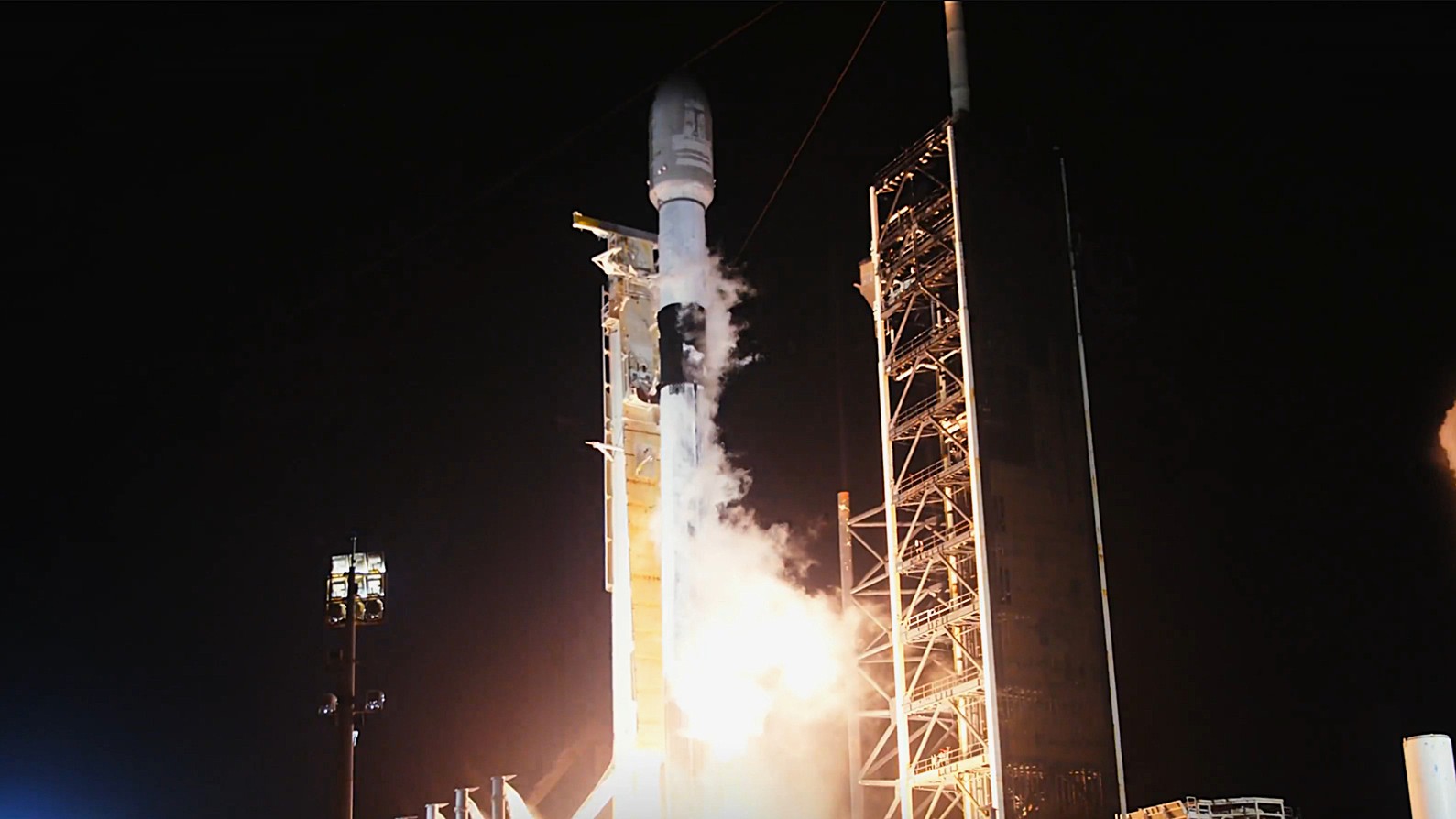SpaceX continues to redefine spaceflight with its groundbreaking achievements in rocket reusability. On August 28, 2025, a Falcon 9 rocket etched its name in history by completing its 30th successful flight. This mission not only underscores SpaceX’s commitment to cost-effective space access but also highlights its pivotal role in expanding global internet connectivity through its Starlink satellite network.
The mission launched from NASA’s Kennedy Space Center in Florida, carrying 28 Starlink satellites into low Earth orbit (LEO). What sets this mission apart is the unprecedented re-flight record of the Falcon 9’s first stage, designated B1067, which has now flown and landed 30 times. This achievement demonstrates the robustness and reliability of SpaceX’s reusable rocket technology, a cornerstone of its long-term vision.
This article explores the details of this landmark launch, its implications for the future of space travel, and the critical role of Starlink in bridging global communication gaps. Join us as we delve into the specifics of the Falcon 9’s record-breaking flight and what it means for the democratization of space.
Falcon 9 Achieves Unprecedented 30th Flight
At 4:12 a.m. EDT (0812 GMT) on August 28, 2025, SpaceX’s Falcon 9 lifted off from NASA’s Kennedy Space Center, embarking on its 30th mission. This particular rocket, known as B1067, has become a symbol of SpaceX’s reusability efforts. The launch successfully deployed 28 Starlink satellites into low Earth orbit, furthering the reach of SpaceX’s global internet service.
The Falcon 9’s first stage returned to Earth approximately 8.5 minutes after liftoff, landing on the SpaceX drone ship, ‘A Shortfall of Gravitas,’ stationed in the Atlantic Ocean. This landing marked the 30th successful recovery of this booster, a milestone that highlights the efficiency and reliability of SpaceX’s technology. As Elon Musk stated, ‘Full and rapid reusability is the key breakthrough needed to bring the cost of getting to space down.’ This mission is a testament to that vision, showcasing that frequent reusability is not just a concept but a viable reality.
Expanding Global Connectivity with Starlink
The primary objective of this Falcon 9 mission was to deploy an additional 28 Starlink satellites into low Earth orbit. These satellites are part of SpaceX’s ambitious project to provide high-speed, low-latency internet access to underserved areas around the globe. With each launch, SpaceX continues to expand its constellation, bringing reliable internet services to regions where connectivity is limited or non-existent.
As of August 2025, the Starlink constellation consists of over 8,200 operational spacecraft, making it the largest satellite network in history. SpaceX plans to continue expanding this network, aiming to provide comprehensive global coverage. According to a recent SpaceX press release, ‘Starlink is engineered to provide high-speed internet to locations where access has been unreliable or completely unavailable.’ This mission is a step further in realizing that goal.
The Core of SpaceX’s Vision: Reusability
SpaceX’s dedication to reusability is central to its mission of making space travel more affordable and accessible. Each successful launch and recovery of a Falcon 9 first stage reduces the cost of subsequent missions, thereby lowering the barrier to entry for space-based activities. This approach contrasts sharply with traditional rocket designs, where each launch requires a completely new vehicle.
The Falcon 9’s design allows for rapid turnaround between flights, significantly increasing launch frequency and reducing overall costs. Gwynne Shotwell, President and COO of SpaceX, noted that ‘reusability is the critical factor in making space access more like air travel.’ By reusing rocket components, SpaceX is able to offer competitive pricing and more frequent launch opportunities, driving innovation and growth in the space industry.
Looking Ahead: The Promise of Starship
While the Falcon 9 represents a significant leap forward in reusability, SpaceX is already setting its sights on an even more ambitious project: Starship. This next-generation vehicle is designed to be fully reusable and capable of carrying massive payloads to destinations beyond Earth, including the Moon and Mars. Starship aims to revolutionize space travel with its unprecedented capabilities.
Elon Musk envisions Starship as a vehicle that can launch, land, and relaunch in as little as an hour, enabling rapid and frequent space missions. ‘Starship is the key to becoming a multi-planet species,’ Musk has stated. With its vast cargo capacity and full reusability, Starship promises to dramatically reduce the cost of space travel, making ambitious projects like lunar settlements and Martian colonization economically feasible.
Key Takeaways from Falcon 9’s 30th Flight
SpaceX’s Falcon 9 continues to break records and set new standards for spaceflight reusability. The recent 30th flight of a single Falcon 9 booster underscores the company’s commitment to reducing the cost of space access and expanding global connectivity through the Starlink satellite network. This mission not only highlights the reliability of SpaceX’s technology but also sets the stage for future advancements in space travel.
As SpaceX looks towards the future with projects like Starship, the lessons learned from Falcon 9’s reusability efforts will be invaluable. The democratization of space, once a distant dream, is now becoming a tangible reality thanks to the relentless innovation and dedication of companies like SpaceX. The August 2025 launch serves as a powerful reminder of what can be achieved with vision, perseverance, and a commitment to pushing the boundaries of what is possible.

Leave a Reply